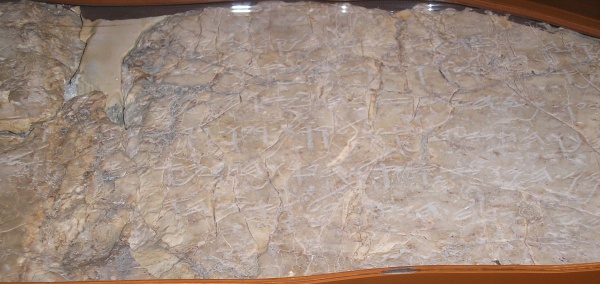Facts About Siloam inscription
The Siloam Inscription, also known as the Shiloah or Silwan Inscription, is an ancient piece of text found in the Siloam Tunnel in East Jerusalem. This tunnel, constructed in the 8th century BCE, was designed to channel water from the Gihon Spring to the Pool of Siloam. What distinguishes this inscription is that it commemorates a public construction project, an uncommon occurrence in this region compared to similar records from Egypt and Mesopotamia.
The inscription is one of the oldest examples of Hebrew writing, using the Paleo-Hebrew alphabet. It was discovered in 1838 by a young boy exploring the tunnel, and in 1880, it was removed and taken to the Istanbul Archaeology Museum, where it remains today. The tunnel's construction is linked to King Hezekiah, who redirected the water supply to safeguard Jerusalem during an Assyrian siege, as mentioned in the Bible.
The inscription comprises six lines that describe the tunnel's construction. It narrates an idealized account of workers digging from both ends and meeting in the middle, possibly guided by sound. While it is generally viewed as a commemorative piece, some believe it might have served as a votive offering.
There have been efforts to repatriate the Siloam Inscription to Israel. However, Turkey, which currently holds the artifact, considers it part of their cultural heritage and has refused to return it. Despite this stance, Turkey has shown some willingness to lend the inscription to Jerusalem for a temporary exhibit.

 Armenia
Armenia